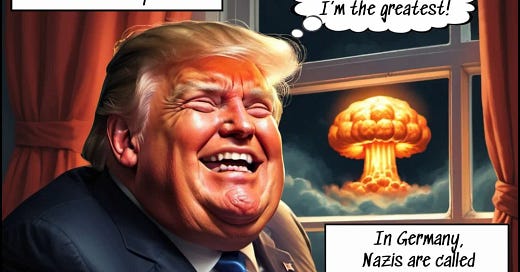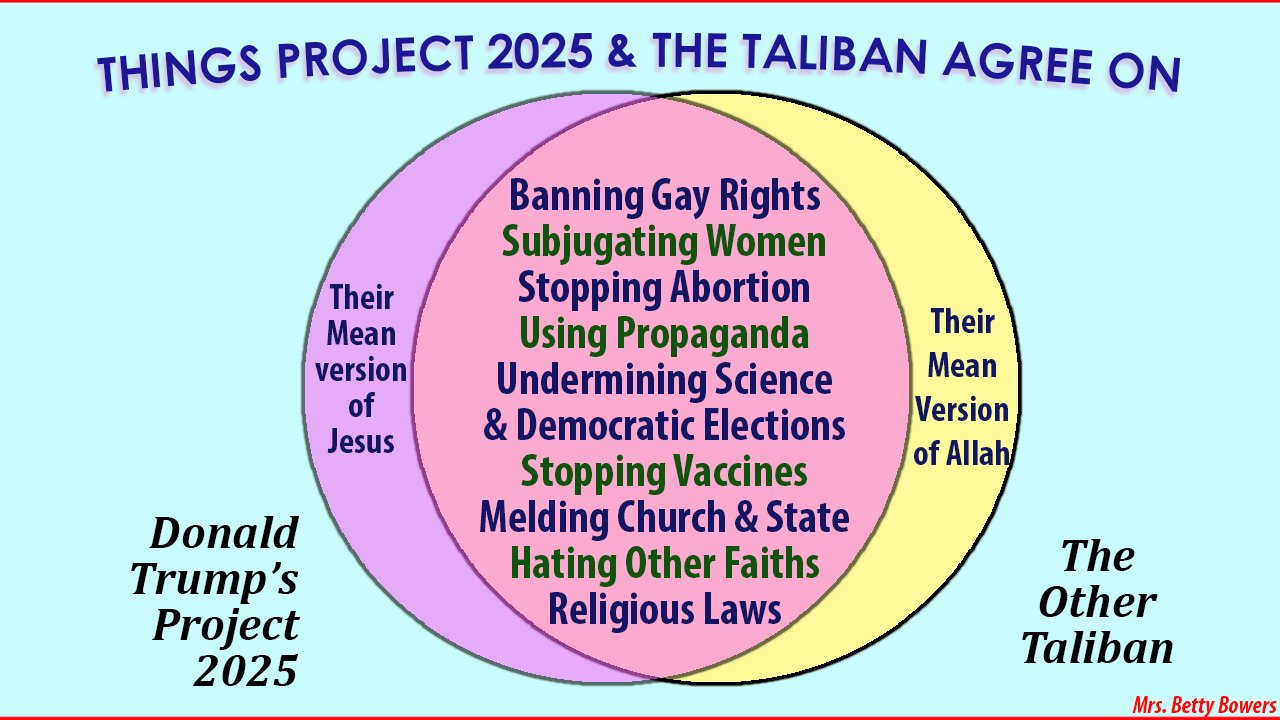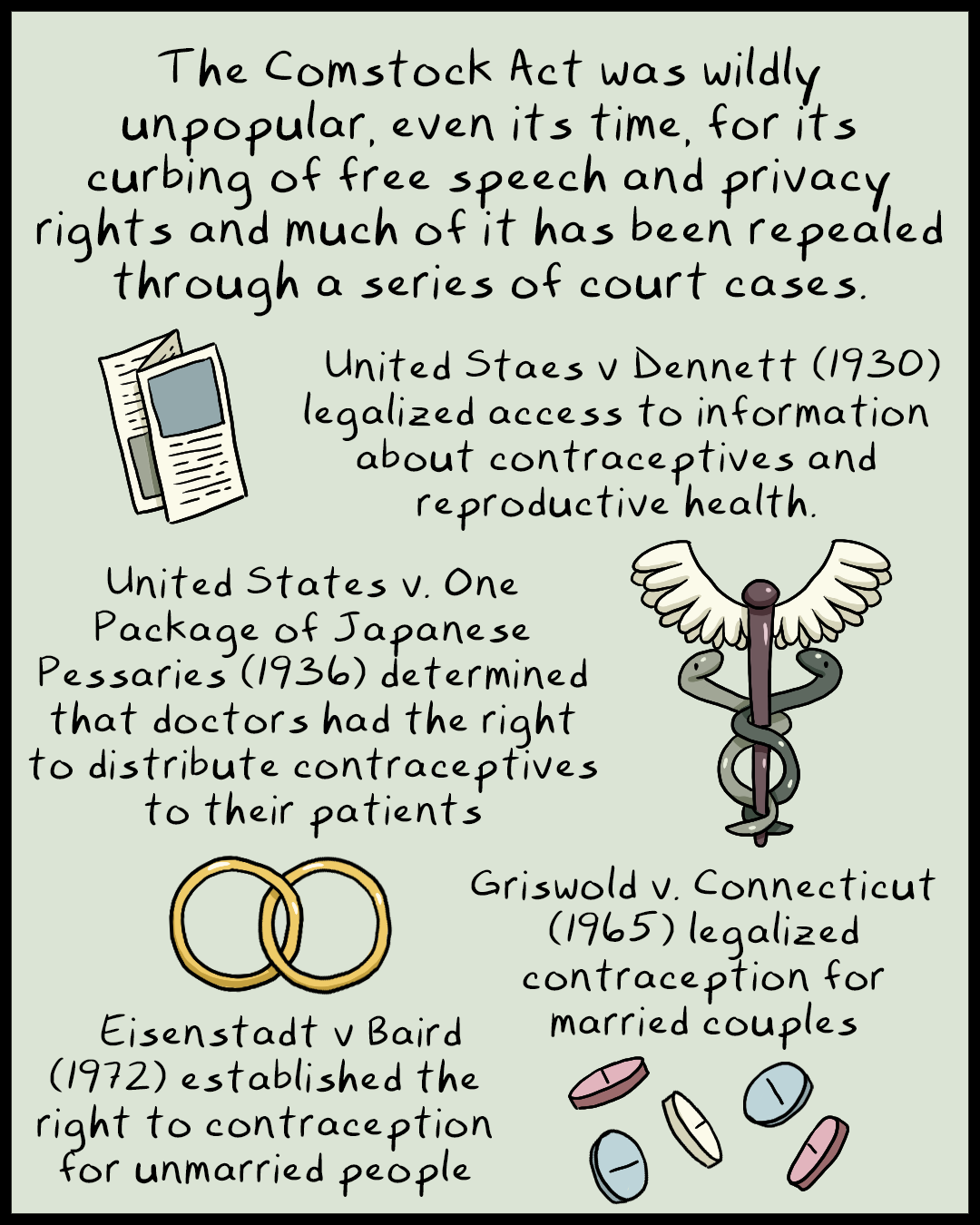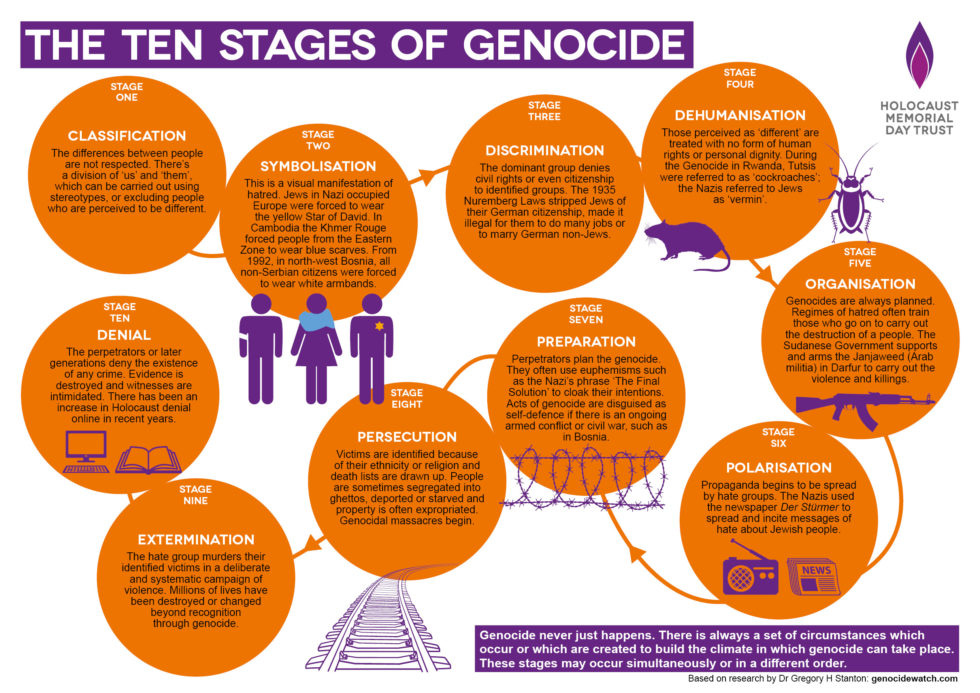Part 2: PROJECT 2025 Is Ours Alone
An exploration into how The Conservative Promise has been filtered throughout the world-- but a FLEDGLING COLONIAL United States conceived it.
Starting with the conception.. This Infographic.
The video at
Side quest- I don't want anyone to feel I'm negating the common comparisons. You're emphasizing concerns about religious conservatism, restrictions, our personal freedoms and the original democratic forms. Democracy and autonomy. As far as Handmaid's Tale comparison- PROJECT 2025 does have a special emphasis on women… Villainizing us for everything that is disenfranchising cishet white men.
Of course, that unfairly makes us “unburdened” or “unattached” women and femmes– those of us who are child free, unmarried, career focused. unattached to a man by choices or attraction–shoulder the burden and worthy of punishment for that “societal ill”. It seeks to punish femmes for wanting better & blames us for men’s “loneliness epidemic”… When in fact, the men just refused to fucking evolve and adapt to what we need.. They created their own empty, days-left-untidy beds. Margaret Atwood's story places heavy, somber emphasis on Women's rights, authoritarianism, and the erosion of our bodily autonomy. While the comparison is fair, it still dismisses the root of the tree that has grown and that is the United States, PROJECT 2025 is US.
Diving in:
Adolf Hitler and the Nazi regime were influenced and inspired by several aspects of U.S. history and policies. Here's a detailed breakdown of these influences:
1. Racial Policies and Eugenics
- Eugenics Movement: The U.S. was a pioneer in the eugenics movement, which aimed to improve the genetic quality of the human population. This included forced sterilizations and laws preventing certain groups from marrying or reproducing. The Nazis admired and adopted these ideas, implementing them on a far more extreme scale.
- Immigration Restriction Act of 1924: This act, influenced by eugenics, sought to limit the immigration of certain ethnic groups deemed less desirable. The Nazis saw this as a model for their own racial purity laws.
2. Jim Crow Laws
- Racial Segregation: The Jim Crow laws in the U.S. institutionalized racial segregation and disenfranchisement of African Americans. The Nazis studied these laws when formulating their own policies of racial segregation and the Nuremberg Laws, which disenfranchised Jews and other minorities.
3. Manifest Destiny and Expansionism
- Westward Expansion: The U.S. concept of Manifest Destiny, which justified the expansion westward at the expense of Native American populations, was seen by Hitler as a model for Lebensraum (living space). He viewed the conquest of Eastern Europe and Russia as a similar mission for the Aryan race.
- Treatment of Native Americans: The displacement, marginalization, and genocide of Native Americans by European settlers and later the U.S. government provided a precedent for the Nazi's plans to conquer and depopulate Eastern Europe.
4. Propaganda Techniques
- Public Relations and Propaganda: The U.S. had developed sophisticated propaganda techniques during World War I, particularly through the Committee on Public Information. Hitler and Joseph Goebbels studied these methods to craft the Nazi propaganda machine, which played a crucial role in their rise to power and the mobilization of the German population.
5. Economic Policies
- Fordism and Mass Production: Henry Ford’s innovations in mass production and his economic ideas influenced Nazi economic policies. The Nazis admired the efficiency of American industrial practices and sought to replicate them in Germany.
- Anti-Semitism: Henry Ford’s publication of anti-Semitic materials in "The International Jew" was read and admired by Hitler, who cited Ford in his book "Mein Kampf."
6. Legal Precedents and Concepts
- Legal Racism: The U.S. had legal frameworks that institutionalized racism, which the Nazis used as a reference for creating their own racial laws. The legal justifications for segregation and discriminatory practices in the U.S. provided a model for the Nazis' racial policies.
7. Biological Determinism and Scientific Racism
- Pseudoscientific Racism: American scientists and intellectuals were among the early proponents of scientific racism, which argued that certain races were biologically superior to others. The Nazis embraced these ideas, using them to justify their policies of Aryan supremacy.
8. Colonialism and Imperialism
- Colonial Practices: The European colonial powers, including the U.S. in its territories, provided a model of imperialism and exploitation that the Nazis sought to replicate. The treatment of colonized peoples, the exploitation of resources, and the imposition of control over vast territories influenced Nazi policies in occupied Europe.
To the next connection:
The Nuremberg Laws, enacted by Nazi Germany in 1935, were directly inspired by American legal precedents. Let's explore this connection:
1. Jim Crow Laws and Segregation:
The Nazis admired the Jim Crow-era laws in the United States that discriminated against Black Americans and enforced racial segregation.
- They debated whether to introduce similar segregation in Germany but ultimately decided it wouldn't go far enough. In the U.S., Black Americans were already oppressed and poor, whereas in Germany, the Nazis imagined Jews as rich and powerful.
- The Jim Crow era in the U.S. enforced racial segregation and discrimination against Black Americans.
- Project 2025's focus on restoring the family and traditional values aligns with the Jim Crow system's preservation of racial hierarchies.
- The Nuremberg Laws, enacted by Nazi Germany, directly targeted Jewish citizens, stripping them of rights and citizenship¹.
- Project 2025's emphasis on defining and restricting certain identities (e.g., gender and LGBTQ+ rights) echoes the discriminatory spirit of the Nuremberg Laws.
However, the Nazis were particularly interested in how the U.S. had designated Native Americans, Filipinos, and other groups as non-citizens despite living in the U.S. or its territories. These models influenced the citizenship portion of the Nuremberg Laws, which stripped Jewish Germans of their citizenship and classified them as "nationals".
2. Anti-Miscegenation Laws:
The Nazis also drew inspiration from anti-miscegenation laws in the U.S., which prohibited interracial marriages in many states.
- America had some of the harshest laws of this kind, with severe criminal punishment for interracial marriage. - These laws prohibited interracial marriages in many U.S. states.
- Project 2025's stance on individual rights and its prioritization of specific rights over others resonate with historical debates around interracial relationships and marriage.
- The Nazis faced a dilemma: How would they determine who was Jewish and who was not? Race and ethnic categories are socially constructed, and interracial relationships produce offspring who don't neatly fit into predefined boxes.
3. Historical Attacks on Labor Rights:
- Project 2025 proposes cutting overtime protections for workers.
- This mirrors historical efforts to weaken labor rights and undermine worker protections.
4. Reproductive Rights and Comstock Act (1873):
The Comstock Act criminalized the distribution of information about contraception and abortion.
- Project 2025 seeks to eliminate coverage of emergency contraception under the Affordable Care Act, reflecting a similar restrictive approach.
- Project 2025's stance on abortion aligns with historical debates over reproductive rights.
- The Comstock Act's criminalization of contraceptives and abortion pills also resonates with Project 2025's goals.
5. Immigration Policies and Loyalty Tests:
- Project 2025 advocates mass deportations of immigrants and replacing civil servants with loyalists².
- Historical immigration policies and loyalty tests share similar themes.
Please consider becoming a paid subscriber. The projects herein-began as small ideas, growing into labors of love for humanity-require days, sometimes weeks of research, corroboration & extra verification, and labor. Like the video below..
Let’s explore some historical events and atrocities that share similarities with Project 2025:
1. Nazi Germany’s Totalitarian Regime:
Project 2025 aims to reshape American institutions, much like the Nazi regime under Adolf Hitler sought to transform German society through authoritarian control.
The Nazis dismantled democratic institutions, suppressed dissent, and targeted specific groups (such as Jews, Romani people, and LGBTQ+ individuals) for persecution and extermination.
While the scale and context differ, both cases involve an attempt to reshape a nation’s identity and governance.
2. Cambodian Genocide (Khmer Rouge):
The Khmer Rouge, led by Pol Pot, implemented radical policies in Cambodia during the late 1970s. They aimed to create an agrarian utopia by eliminating urban centers, intellectuals, and perceived enemies.
The Khmer Rouge dismantled institutions, executed intellectuals, and forced millions into labor camps. Their actions led to the deaths of approximately 1.7 million people.
Project 2025’s potential impact on government agencies and personnel echoes the Khmer Rouge’s efforts to reshape society through extreme measures.
3. Soviet Collectivization and Purges:
In the Soviet Union, Joseph Stalin’s policies included collectivization of agriculture and purges of perceived enemies within the Communist Party.
Collectivization disrupted traditional farming practices, leading to famine and millions of deaths. The purges targeted political opponents, intellectuals, and military leaders.
Project 2025’s focus on reshaping government agencies and personnel could have similar consequences if implemented without caution.
4. Rwandan Genocide:
The Rwandan Genocide (1994) involved ethnic tensions between the Hutu and Tutsi populations. The Hutu-led government orchestrated mass killings, resulting in the deaths of around 800,000 people.
Propaganda, hate speech, and targeted violence played a significant role. The government actively promoted division and hatred.
While Project 2025 is not directly comparable, the potential consequences of reshaping institutions and promoting divisive narratives warrant vigilance.
5. Chinese Cultural Revolution (1966-1976):
The Cultural Revolution in China was a radical socio-political movement led by Mao Zedong. Its goal was to eliminate perceived bourgeois elements and reshape Chinese society.
Institutions, education, and cultural heritage were targeted. Intellectuals, artists, and academics faced persecution, imprisonment, or execution.
The Red Guards, fervent supporters of Mao, enforced ideological purity and suppressed dissent. The movement disrupted society, leading to immense suffering and loss of life.
Project 2025’s potential impact on institutions and narratives shares similarities with the Cultural Revolution’s attempts to reshape China’s id




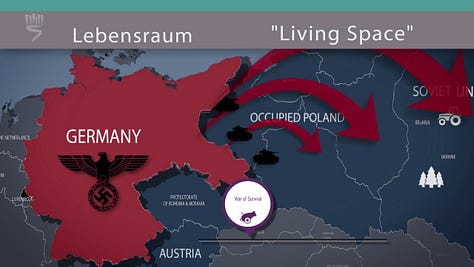

Pre-U.S. actions snowballed through history and the world, and back to us perfected as Project 2025.
As always, I appreciate and WELCOME comments/ questions, feedback/suggestions of topics.
~~Ginge
*Sources will be listed at the end of the next installment


